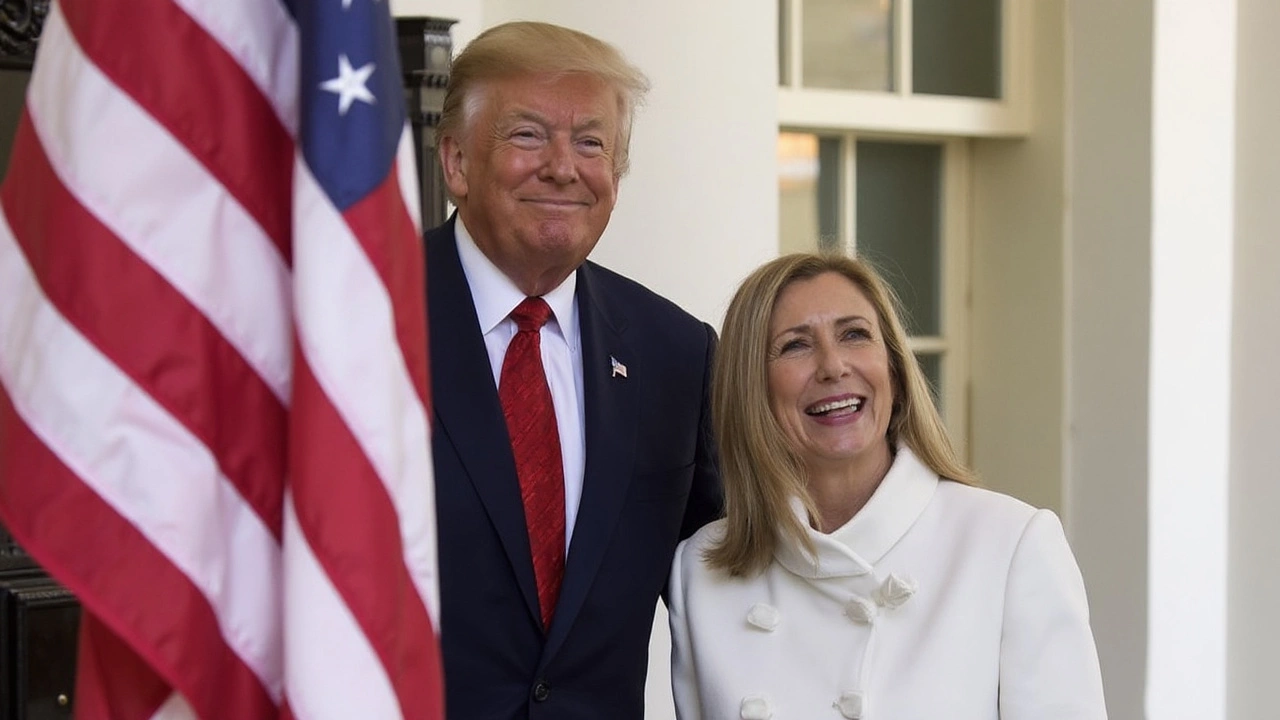Trade Tensions and Their Impact on Formula 1
When you hear "trade tensions" you might think about tariffs, politics or big‑business deals. In the world of Formula 1 those headlines translate into faster pit stops, different paint schemes and even changes to the calendar. Below we break down what’s really happening, why it matters to the teams you love and what you should keep an eye on as the season rolls on.
Why Trade Tensions Matter for Teams
First off, F1 is a global supply chain. Engines, carbon‑fiber tubs, electronics and even the fuel can travel across several borders before they end up on the grid. When governments raise tariffs or block parts, a team’s budget can get squeezed fast. For example, a 10 % duty on Chinese‑made electronics could add millions to a mid‑field team’s costs, forcing them to cut back on testing or development.
Second, sponsors feel the heat. Companies that sell cars, tech gear or consumer goods often sit on both sides of a trade dispute. If a sponsor’s home market faces new taxes, they may pull back funding or shift branding to a different market. That can mean fewer logo spots on the car, less money for driver salaries and sometimes a reshuffle of which drivers are retained.
Third, logistics get tricky. Shipping a race‑car chassis from Italy to a race in the United States usually takes a few days, but customs delays can add weeks. Teams have already complained about last‑minute paperwork when a container got held up at a US port during recent trade talks. Those delays can force a team to run older parts or miss out on a crucial upgrade round.
What Fans Should Watch For
Although the behind‑the‑scenes chatter can sound technical, the impact shows up on track. Look for changes in car liveries – a new sponsor logo might replace a flag that was tied to a market under pressure. Watch the pit lane for smaller crews; fewer hands can mean slower stops, which is a direct result of budget tightening.
Race calendars can also shift. If a country faces heightened trade barriers, the FIA might move a Grand Prix to a venue with smoother import rules. That happened a few seasons ago when a race was swapped because of sudden customs fees on essential equipment.
Finally, driver line‑ups could reflect trade realities. A driver from a country facing sanctions might find fewer seats available, while teams could prioritize talent from markets with stronger commercial ties. Keep an eye on driver announcements – they often carry a hidden economic story.
In short, trade tensions aren’t just headline news; they ripple through every part of Formula 1, from the way a car is built to the way it looks on race day. Understanding these links helps you see the sport in a new light and gives you talking points that go beyond lap times.
Stay tuned to Paddock F1 Racing for real‑time updates on how global economics intersect with the high‑speed world of F1. We’ll bring you the latest on tariffs, sponsor moves and any calendar tweaks so you never miss a beat on the track.

Italy's Giorgia Meloni Steps In as Key EU-US Bridge During High-Stakes Trump Meeting on Trade
Giorgia Meloni faces a diplomatic test as she tries to ease EU-US trade tensions in her meeting with Donald Trump, following new tariffs and rising pressure on defense spending. Her visit aims to clarify the US approach while juggling Italy’s interests and wider EU negotiations.
View more